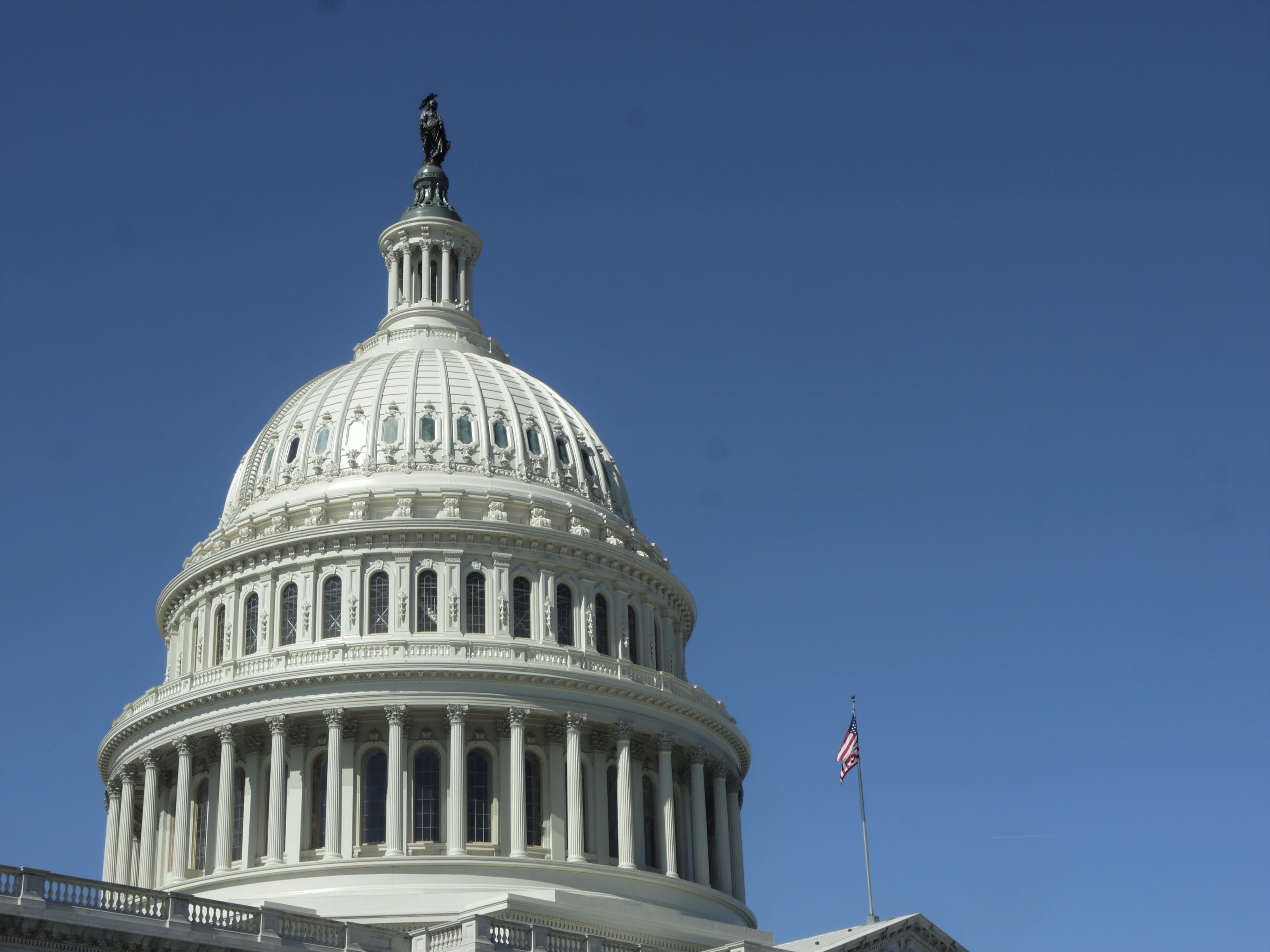4/12- Weekly Economic Highlights
Apr 12, 2024 | Weekly Highlights

Expectations around the projected path of monetary policy in 2024 remain fluid and volatile correlated with the resiliency of the US economy in the face of higher interest rates. The performance of risk assets in the first quarter of 2024 was robust, with equity markets appreciating, credit spreads in both investment grade and high yield narrowing, and overall consumer sentiment improving linked to an expectation monetary policy would move to a more accommodative stance in 2024. The data releases of late are disrupting the constructive narrative, with employment growth remaining robust, weekly jobless claims low, and this week both headline and core CPI inflation coming in at 0.4% on a month over month basis for March, with headline CPI 3.5% and core CPI 3.8% on an annualized basis. Chandler’s base case has been for core inflation – both CPI and PCE – to trend at 0.3% on a month over month basis in the first half of the year which would be enough to put downward pressure on year over year inflation and provide the Federal Reserve with the ability to deliver a modest reduction in the Fed Funds rate starting in the summer of 2024. Given the totality of the data this view is at risk, but the Chandler team believes there are additional policy objectives from the Federal Reserve and enough disinflationary momentum in various indicators to not abandon this view based on recent data trends. Notably wage inflation continues to moderate, with the Atlanta Fed Median Wage growth on a year over year basis down to 4.7% as of March 2024, compared to 5.2% at year end, and a cycle high of 6.7% last reached in August 2022. The personal savings rate also continues to deteriorate, with the monthly number in February at 3.6%, which we believe will ultimately impact the ability of the US consumer to continue to spend aggressively.
In addition to stable prices and full employment, we believe the current Federal Reserve is also very committed to delivering a ‘soft landing’ for the US economy, where the unemployment rate remains low and inflation trends towards their 2% policy objective over an intermediate time horizon. In our view this will require exquisite execution by the Federal Reserve in adjusting monetary policy. In contrast to some of the recent market rhetoric, we believe the cost of waiting too long to adjust policy is greater than remaining too patient. Notably, the spread between the two year and ten-year Treasury note has been inverted, with two-year note yields higher than ten-year notes, since July of 2022, an extremely long time frame. An inverted yield curve is historically associated with an economic slowdown and makes it more challenging for financial institutions to organically grow capital due to the mismatch between assets (long term) and liabilities (short term). An inverted yield curve also provides a disincentive for investors to term out their fixed income investments and given the current dynamics of the United States deficit a positively sloped yield curve is an unspoken about policy objective in our view. We believe moderately adjusting lower the Fed Funds rate in 2024 is consistent with the shape of the yield curve normalizing (i.e., no longer being inverted) toward the end of the calendar year and is consistent with the ‘soft landing’ narrative.
The March 2024 Summary of Economic Projections from the Federal Reserve forecasted Core PCE inflation to end the year within a range of 2.5% to 2.8% with a projected Fed Funds rate of 4.6% to 5.1%. Due to the underlying constituents of the index, PCE inflation historically runs cooler than CPI inflation, and we believe the ‘spread’ between the two indices is likely to diverge further in 2024. We believe the current trends in disinflation are sufficient for Core PCE to end the year consistent with the March Summary of Economic Projections forecast and thus maintain our view monetary policy will be adjusted lower in the Summer of 2024.
Empire Manufacturing, Retail Sales, Building Permits, Housing Starts, Industrial Production, Capacity Utilization, Philly Fed, Jobless Claims, Leading Economic Indicators, and Existing Home Sales
© 2024 Chandler Asset Management, Inc. An Independent Registered Investment Adviser. All rights reserved. Data source: Bloomberg, Federal Reserve, and the US Department of Labor. This report is provided for informational purposes only and should not be construed as specific investment or legal advice. The information contained herein was obtained from sources believed to be reliable as of the date of publication, but may become outdated or superseded at any time without notice. Any opinions or views expressed are based on current market conditions and are subject to change. This report may contain forecasts and forward-looking statements which are inherently limited and should not be relied upon as an indicator of future results. Past performance is not indicative of future results. This report is not intended to constitute an offer, solicitation, recommendation, or advice regarding any securities or investment strategy and should not be regarded by recipients as a substitute for the exercise of their own judgment. Fixed income investments are subject to interest rate, credit, and market risk. Interest rate risk: The value of fixed income investments will decline as interest rates rise. Credit risk: the possibility that the borrower may not be able to repay interest and principal. Low-rated bonds generally have to pay higher interest rates to attract investors willing to take on greater risk. Market risk: the bond market, in general, could decline due to economic conditions, especially during periods of rising interest rates.